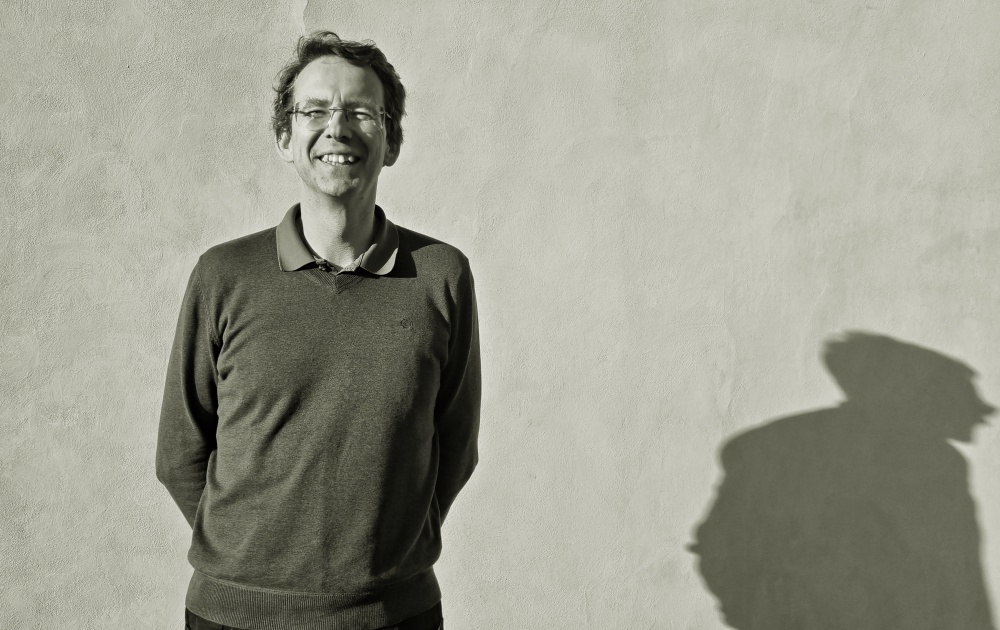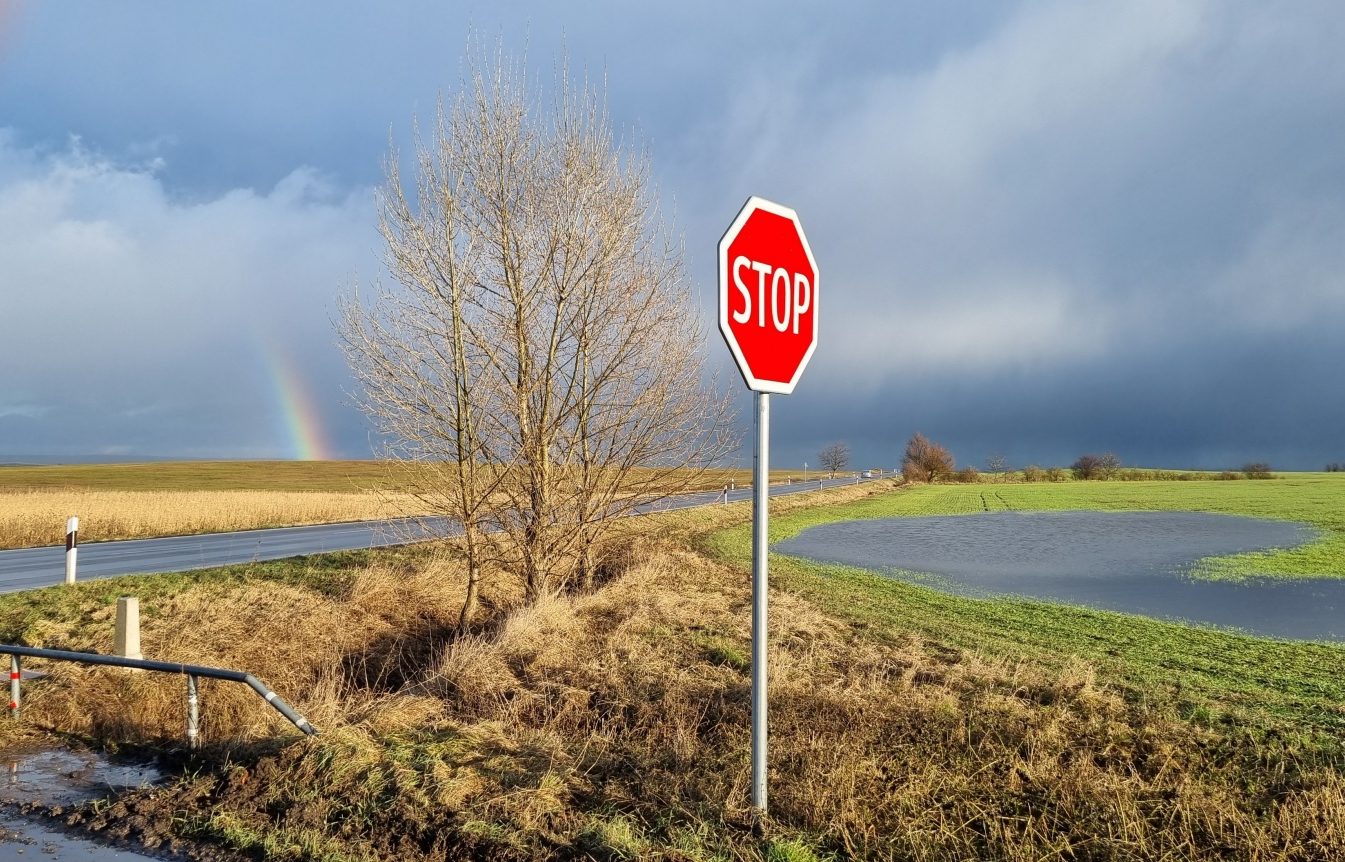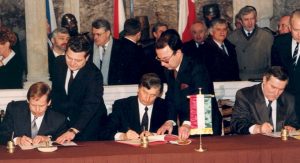
If we want to protect Europe, we will have to redefine what the rule of law means, says the Czech academic.Continue reading

This is the first in a series of writings in cooperation with the Slovakian newsportal Standard.sk. The editors of Hungary Today and Standard have decided to launch a new “Central-European Column” in order to strengthen the vital regional dialogue within the Visegrad Four countries. We are hoping that with time journalist colleagues from Czechia and Poland will join us in our endeavor.
Together with our Slovak and Czech colleagues from Štandard and Hungary Today/Ungarn Heute, we have decided to start a column in our publications where authors from Central Europe will contribute. This article is the inaugural Hungarian contribution to this series. Yet before we would could start analyzing the common, current problems of our region, let me share with you some thoughts on what I, as a Hungarian, consider to be Central Europe.
Central Europe is a community born through shared history and destiny. Although it has existed for centuries, it did not come into consciousness until after the First World War. This consciousness of belonging was not created with the birth of nations, not even with their subsequent desire for self-determination, but with the creation of a new political map after the Peace of Versailles. As an identity, it was born in the wake of the dissolution of Austria-Hungary and the emergence of new national boundaries. On the one hand, it is a result of concerns about the fragility of the new order, but also of an intellectual and political struggle to ensure its integrity. On the other hand, and this is especially true for us Hungarians, it is a feeling of living with phantom pains that have become part of our national identity. Pains that have arisen from the separation of historical territories after the Trianon peace treaty in 1920. In this never-ending struggle against external threats, but also because of the constant geopolitical positioning among old neighbors, the never-ending search for sovereignty and national identity, or even arguments about common belonging, have created a certain Central European identity.
Nobody had planned it this way, nobody aspired to form a Central Europe –
such a historical and cultural community could not have been created consciously even if one tried. Historical circumstances simply meant that it “couldn’t NOT happen”.
After the war, in 1918, we suddenly discovered how small Austria really was, and the idea of a big brother in Vienna, which had almost hypnotized our peoples for centuries, became, in an amazingly short moment, an absurd historical bluff for all the liberated peoples. Of course, it was not the Austrian bluff that held the monarchy together for centuries, and the peoples within it in a kind of Babylonian captivity, but the many layers of ties that the Habsburgs had with the other families and monarchs who ruled Europe. It was Tsarist, Prussian, and other geopolitical interests that gave the Austrian bluff its power, authority, and legitimacy.
After its fall, however, our peoples have found themselves in a kind of exile on the periphery, in a constant process of struggle and quarrel to assert our own membership in the European club to which the monarchy had earlier, albeit indirectly, granted us entry. We did not succeed, and we are still not succeeding in re-entering the European club on our own accord. Hence this feeling of exile has transformed into a defining aspect of our Central European consciousness.
After the regime-change in 1989, this Central European idea took on a previously unknown and unprecedented form: the cooperation of the Visegrad Four countries.
It was a very specific moment, back then we were still outsiders to competing identities of globalism that could have distracted us from finding each other. There was no irreconcilable polarization between left and right, nor any other form of polarization that we know today, preventing us from discovering each other. It was the contribution of three specific Central European leaders at the time who have guided their nations from the hostile Soviet embrace into a “benign” European exile that lead us to sign the cooperation agreement among our nations. It was something that had never been done before, but which has become inevitable.
Our leaders, Lech Walesa, József Antall and Václav Havel: almost no one understood the present better than they did, or could consequently appreciate the gravity of the historic moment. Equally though, neither of them could have foreseen that they were laying the foundations for a platform of post-European survival for their nations that could not have been replicable in later years. There was no independent Slovakia then (independence declared in 1993), at the same time, today the V4 would be meaningless without the Slovaks.

(L-R) Czech President Václav Havel, Hungarian Prime Minister József Antall, and Polish President Lech Walesa Photo: Wikipedia
Today many claim that the Visegrad 4 alliance is an anachronism, that there is no historical precedent for it. They are right about this to the same extent as those who describe the whole concept of ‘Central Europe’ as an anachronism, Europe as an artificial concept, the idea of nations as a historical utopia. However, if we remove such organic anachronisms, utopias, concepts based on historical consensus from our civilization and culture, we are left with an image of Europe that is roughly what the average American or Western European high school student imagines our continent to be. Prague with its golden towers, Hungarian goulash, and a Slovak mountain shepherd.
Many argue, and progressive political parties are already forming around this idea, that the concept of both Central Europe and the V4 is outdated because we have the European Union, making it all redundant. A new, pan-European identity and solidarity based on supranational ideals, which finally offers us small nations a membership of the old club, is said to be a glorious end to a hundred years of solitude and exile. However, if we listen for a moment to the conceptual system and the new “Euromorality” that is being built, which proclaims a supranational Europe, we quickly realize just how structurally un-European it all really is. The EU has become a placebo solution for identity-denying multicultural societies, an illusion that seems to acquire a utopia of equality for smaller nations, and an initiation into the great post-Habsburg European club.
Unfortunately, it is all just that: an illusion. For those who, like most Hungarians, believe that national sovereignty is inviolable, the sense of exile and periphery is now more palpable than at any time in the last century. Under a new banner, with a new political vocabulary in our hands, but even so, today we are yet again surrounded by all the ingredients and actors of a modern 21st century version of the Munich Agreement.
Sacrificing our right to self-determination, violating the inviolability of our borders, is still an acceptable sacrifice for the members of the old big club in order to correct their own mistakes.
If they compromise, it can only be at our expense. If we do not strengthen the Central European identity and cooperation, it is only a matter of time before they do so again.
Anyone who cannot see that the old, Christian, civic Europe, the Europe of nations, has been almost completely relegated to us, to the Central European sphere, is completely blind. What surrounds it today is just the confused cacophony of a global village. We have nowhere to move from here, thus it is imperative that we reinforce our alliances right here and face the Gargantuan task ahead of us.
For that we will need each other more than ever.
Featured Image: Hungary Today